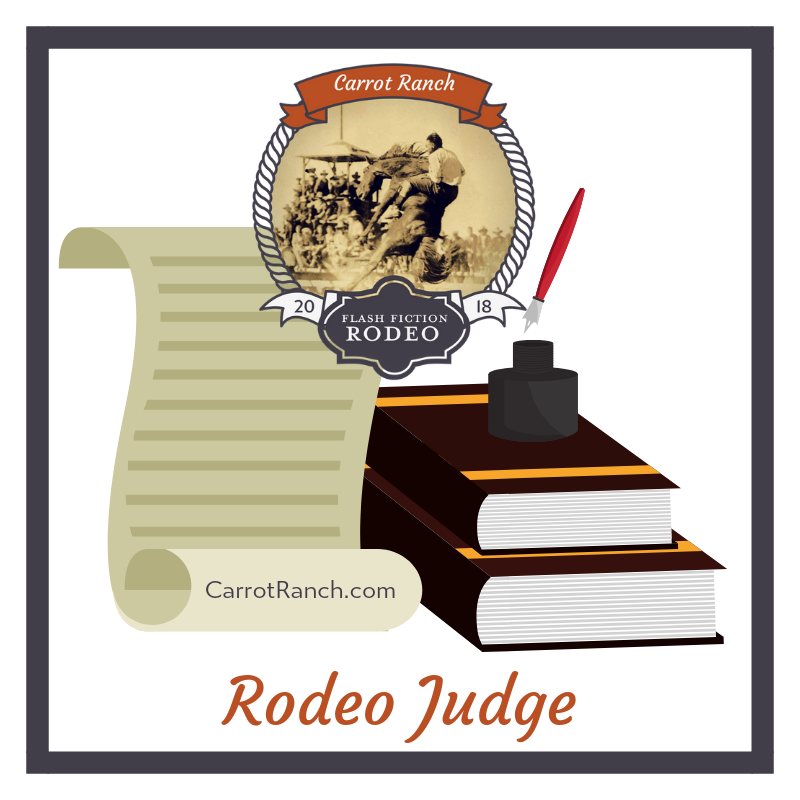Dynamic Dialogue
Dialogue is good for imparting information, but only use it to impart necessary information. The reader doesn’t need to know every little detail e.g.:
“I thought you were having your hair cut today,” Sally said. Her eyes narrowed, running over her daughter’s hair.
“I was, but they had a water leak. That was at ten o’clock. They said I could come in and wait. A man was going to come and fix it. He was supposed to be there at nine o’clock, but he hadn’t turned up. So I had a cup of tea. At half past ten they made me another cup. The man still hadn’t turned up. Then at eleven o’ clock…”
Did you find yourself starting to switch off? That’s what your reader will do if you use too much unnecessary detail. Every word needs to count e.g.:
“I thought you were having your hair cut today,” Sally said. Her eyes narrowed, running over her daughter’s hair.
“I was, but they had a water leak. I’ve got to go back next week.”
This is all that’s necessary, then push on with the rest of the story.
***






Reblogged this on Chris The Story Reading Ape's Blog.
LikeLiked by 1 person
Thank you soooo much 🙂
LikeLiked by 1 person
Thank YOU for the post, Esther 🤗
LikeLiked by 1 person
You’re very welcome 🙂
LikeLiked by 1 person
Pingback: Boring Details… – Page by Page
Many thanks 🙂
LikeLike
This is a good reminder. For some reason, dialogue can be really easy to write. Those characters start talking, and all I have to do is transcribe what they say. And because dialogue isn’t the narrator’s voice droning on, I can just assume it’s “showing,” not “telling,” especially if it shows the characters’ quirks and personalities. But if the stuff they’re talking about is irrelevant or boring, it needs to be trimmed (like that hair in your example).
LikeLiked by 1 person
Thank you for your comment. I’m glad you find dialogue easy to write – it really can flow well 🙂
LikeLiked by 1 person
Reblogged this on Author Don Massenzio and commented:
Check out these Bite Size Writing Tips from this post on Esther Chilton’s blog.
LikeLiked by 1 person
Many thanks, as always 🙂
LikeLiked by 1 person
You’re welcome.
LikeLiked by 1 person
Handy tips for a better writing esther
LikeLiked by 1 person
Thank you. Glad you find them useful 🙂
LikeLiked by 1 person